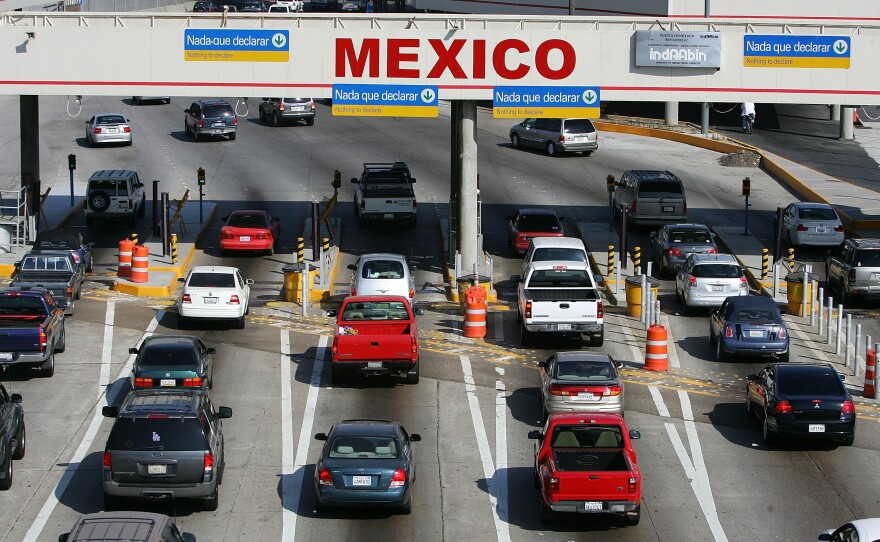Baja Calfiornia's Secretary of Tourism says it is unfair that the U.S State Department's new travel warning for Mexico includes Baja California. The murders of three people in Ciudad Juarez over the weekend prompted the State Department to upgrade its alert.
The U.S State Department has changed a travel alert for Mexico to a travel warning.
Warnings are issued when there are long-term, protracted conditions that make a country unstable.
Oscar Escobedo is Baja California's Secretary of Tourism. He says it is illogical to change the alert for Tijuana due to events in Ciudad Juarez. "Let's say something happened in Austin, Texas and you would have that same reaction for California. It's thousands of miles away. And what happens in one town doesn't mean it happens all over the country. So I don't think it is justified," says Escobedo.
Tijuana police says the number of shootouts and homicides in Tijuana have dropped recently.
The State Department asks travelers to Tijuana to be aware of their surroundings because of long running drug violence. Meanwhile, they ask people to suspend unnecessary travel to various parts of the state where Ciudad Juarez is located.








